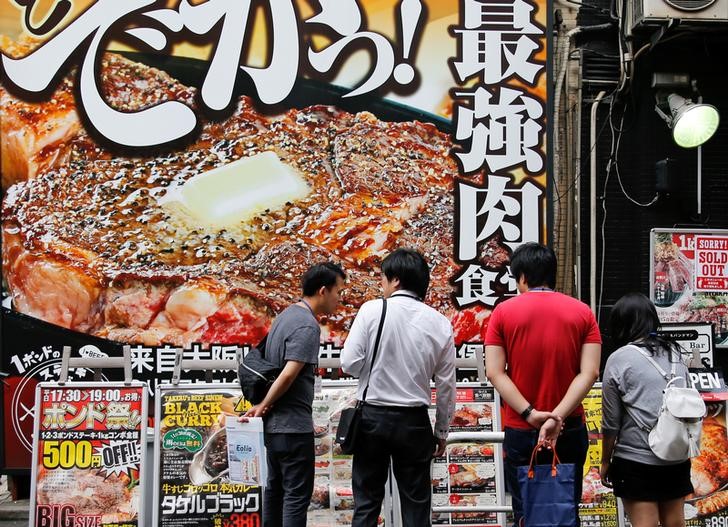By Ambar Warrick
Investing.com-- Japan’s core consumer inflation rose more than expected to a near eight-year peak in August, data showed on Tuesday, as heightened raw commodity costs and a depreciating yen continued to batter the economy with rising price pressures.
The national core consumer price index, which excludes the price of fresh food but includes energy, rose 2.8% in August, compared to a 2.4% rise in July, data from the Statistics Bureau showed. The figure also came above estimates for growth of 2.7%.
Overall nationwide CPI rose 3% in August, more than July’s reading of 2.6%, and also at an eight-year high.
The reading marks the fifth straight month that inflation has trended above the Bank of Japan’s (BoJ) 2% annual target rate, and reflects continued headwinds for the world’s third-largest economy.
The trend comes as industries pass on heightened commodity costs onto customers. The cost of utilities such as electricity has also shot up this year due to the rising cost of coal and gas imports.
The central bank, which will conclude a monetary policy meeting later this week, has given no indication that it plans to move its benchmark rate above the negative 0.1% it currently stands at. But this has severely dented the yen this year, which is trading near 24-year lows against the dollar.
Japan’s economy is still reeling from the aftermath of the COVID-19 pandemic, with restrictions on travel being relaxed only recently. The BoJ has cited lingering effects from the pandemic as its key reasoning behind not tightening policy.
Rising interest rates across the rest of the globe have made investors less inclined toward holding the yen, which has largely lost its safe haven status this year.
The country recently logged a record-high trade deficit, as commodity imports grew more expensive due to a weakening yen, and as softening industrial production meant fewer goods were exported.
Despite better-than-expected growth in the second quarter, the Japanese economy is likely to face continued headwinds from the interest rate differentials and elevated commodity prices for the remainder of the year.
